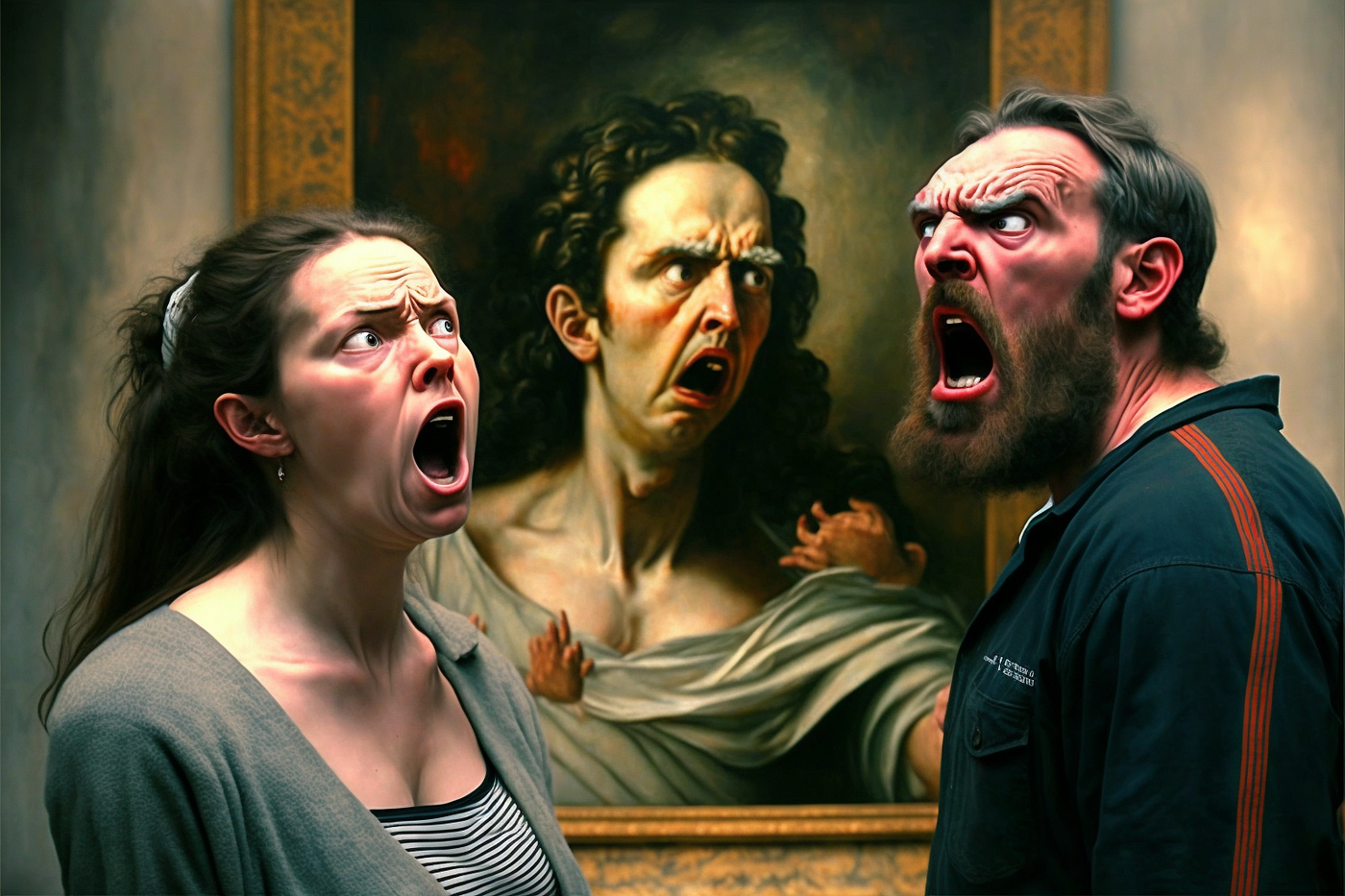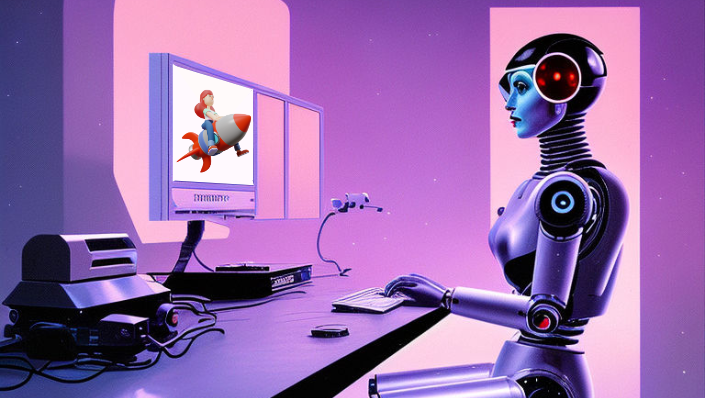
The AI Art Debate: Analyzing the Perception of Danger to Humanity
Recent advancements in the field of artificial intelligence (AI) have sparked a heated discussion, with new research providing insight into a phenomenon: the dislike some people have for art created by AI. This trend seems to have originated from the unpleasant awareness that artificial intelligence-generated artwork poses a threat to established ideas of what it means to be human.
Conceptions Challenged, Research’s Perspectives
The study, conducted by academics at the UBC Sauder School of Business, dives into the fascinating field of artificial intelligence-generated art and how it is received by human viewers. The results provide light on how people think about the creative potential of AI.
Participants in a series of carefully planned studies were shown both human-made and artificially intelligent works of art. Participants consistently preferred the artwork they assumed to be of human origin, even if the real artist was AI, in an evaluation of inventiveness, awe-inspiring traits, and intrinsic worth.
The implications of the research go well beyond individual tastes in art. Instead, they provide light on a fundamental philosophical conundrum: how human creativity interacts with expressions created by artificial intelligence.
Finding Solace in Understanding Discomfort
The phenomena is explained by the study’s primary author, Guanzhong Du. Those who value originality as a defining characteristic of the human race tend to dislike AI-created artwork more than others. The idea that AI can be creative threatens their fundamental conception of what it is to be human.
According to Du, “for those people, learning that AI can also be creative may be very threatening, because it challenges their worldview about what human beings are.”

Expanding the Scope of the Art with AI
The likelihood of AI-generated art becoming more commonplace is rising as AI’s capabilities grow and develop. This raises a key question: should we welcome the artistic potential of AI or fight against it?
Accepting AI-created art, in Du’s view, is both practical and rewarding. He believes AI art has the ability to help people reflect on their own creative processes and uncover new insights. And when people and robots work together in the creative arena, we may expect to see the birth of completely new and original works of art.
Du puts it succinctly: “We should learn to appreciate the beauty and creativity of AI.” Because if we utilize AI, if we collaborate with AI, maybe we can improve our own creative development.
Exploring the Implications for the Future of Art and Creativity
The research has far-reaching consequences for the future of creative expression and the arts. The rapid development of AI poses a danger to our established measures of originality. The way we interact with AI is certain to change, forcing us to rethink what it means to be creative and welcoming the idea of robots as partners in the artistic process.
There will soon come a time of reckoning when the line between human and machine innovation continues to blur. In a future when computers can create art on par with human masters, we’ll need to rethink what it means to be creative and who we are as individuals.
Accepting the Unknown: A Plea for Change
The study’s findings suggest that humans and AI may live together peacefully in the future. It urges us to see AI as an amplifier of human creativity, a stimulant for unexplored creative undertakings, rather than relegating AI-generated art to the world of novelty.
Human creativity and AI advancement still have a blank canvas on which to paint the future. It is up to us to decide whether or not to hear the promise of AI and embrace its role in the artistic story. As we go forward, we will be able to reimagine the very nature of human creativity.